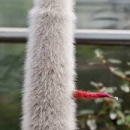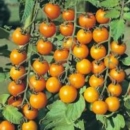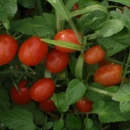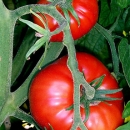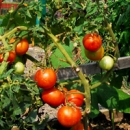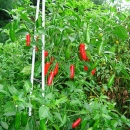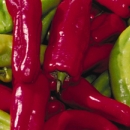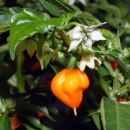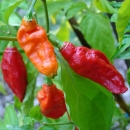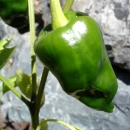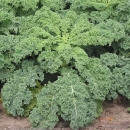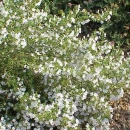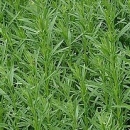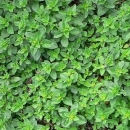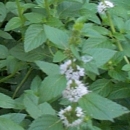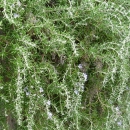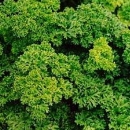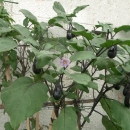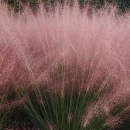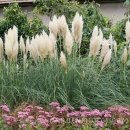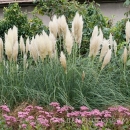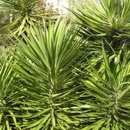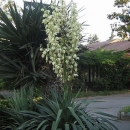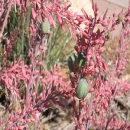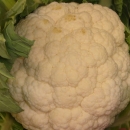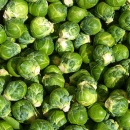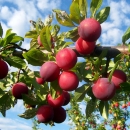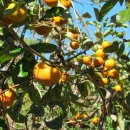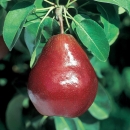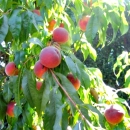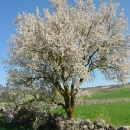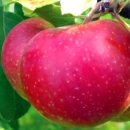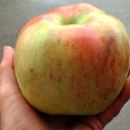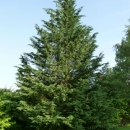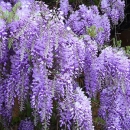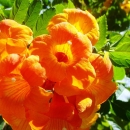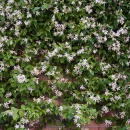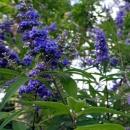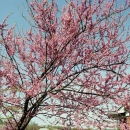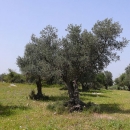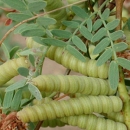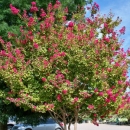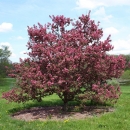Cacti and Succulents

Agave Century PlantNative to Mexico. Succulent with rosettes of fleshy, blue-green leaves with hooked spines along the margins and ending with a pointy spine at tip. Offsetting more or less freely from... Read more |
|
Agave New MexicoNative to south eastern New Mexico, West Texas. Leaves are gray green with few and widely spread teeth on the margins. Forms a tight rosette of overlapping leaves from which... Read more |
|
Ancistrocactusnative to USA (Texas) and Mexico (Coahuila, Nuevo León, Tamaulipas). A small fish-hook cactus with a large fleshy turnip root, neck-shaped grown together with the stem. The spines varies from... Read more |
|
Argentine Saguaronative to Argentina. A great alternative to the slow growing North American Saguaro. The plant has beautiful golden spines that seem to grow larger and more colorful as the plant... Read more |
|
Cactus Fishhook BarrelNative to Arizona, Texas, Mexico. A medium to large cactus with leathery blue skin that is ribbed and formidably spiny. Spines are thick and hooked, hence the common name. Globular... Read more |
|
Cactus Golden BarrelNative of Mexico. Light green cactus with bright, yellow spines that are stiff, 3" long. As it matures, it may spawn offsets. Very popular as a container plant or used... Read more |
|
Cereus forbesiinative to Eastern Bolivia and Argentina. Read more |
|
Cereus Peruvianus MonstroseNative to Peru. This cactus branches from the base with irregularly ribbed gray-green stems, that produce edible orange fruits with white flesh. The cactus may require protection during cold weather... Read more |
|
Cholla TreeNative to arid parts of North America. Many branched cylindrical stems that are armed with clusters of up to 10 pink or white, barbed, sharp spines, 1 1/4" long. Shrubby... Read more |
|
Claret Cup (Echinocereus triglochidiatus)Native to the southwestern United States and northern Mexico. This species of hedgehog cactus is known by several common names, including Kingcup cactus, Claretcup, and Mojave mound cactus. The plant... Read more |
|
Claret Cup (hybrid)native to the southwestern United States and northern Mexico. This species of hedgehog cactus is known by several common names, including Kingcup cactus, Claretcup, and Mojave mound cactus. The plant... Read more |
|
Coccineus (hybrid)Native to the Southwest US and Northern Mexico. Characterised by sprawling clusters, bright pink flowers with green stigma and rounded petals, low to medium spine cover and somewhat flabby stems.... Read more |
|
Epiphyllum x Mr. Pnative to Central America. The tropical hanging plant's stems are broad and flat and it's fruit is edible, very similar to the pitaya fruit. It bears large fuchsia flowers.... Read more |
|
Hedgehog (Echinocereus fendleri)Dense, mounding clump up to 3' wide with many 2" to 3" in diameter, cylindrical stems to 1' tall. Densely spiny. Comprising of about 70 species in southwest U.S. and... Read more |
|
Lobiviopsis and Echinopsisnative to South America. Large showy blooms in summer. Grows best in pots. Read more |
|
OcotilloNative to southwestern U.S., northern Mexico. A large desert shrub with long, grooved, spiny canes. During each spring and after summer rains, canes sprout small, green leaves their whole length.... Read more |
|
Prickly PearNative to the Americas. Opuntias are perhaps the most widely distributed cacti, with a multitude of species. Very bold and sculptural in form. The flat rounded pads usually have two... Read more |
|
Prickly Pear Santa RitaNative to southwestern U.S. and northern Mexico. Rounded pads are blue-gray with a tinge of purple in summer, darkening to a rich purple-red in winter. Spines line the upper edges... Read more |
|
Silver Torch Cactus (Cleistocactus strausii)native to Bolivia and Argentina. Grows in the high mountains. These cacti are slender, erect, with grey-green columns. The columns are formed from around 25 ribs and are densely covered... Read more |
|
SotolA spherical clump with spiky, bluish-gray leaves that have stiff teeth along the edges. Leaves slowly form a trunk 3' tall, which is covered with a dried, drooping shag of... Read more |





















